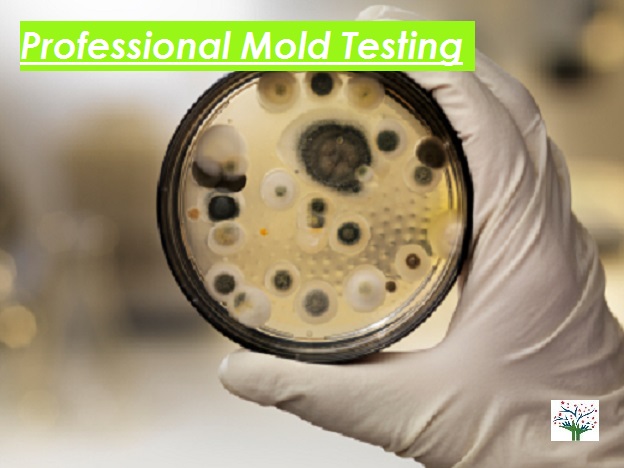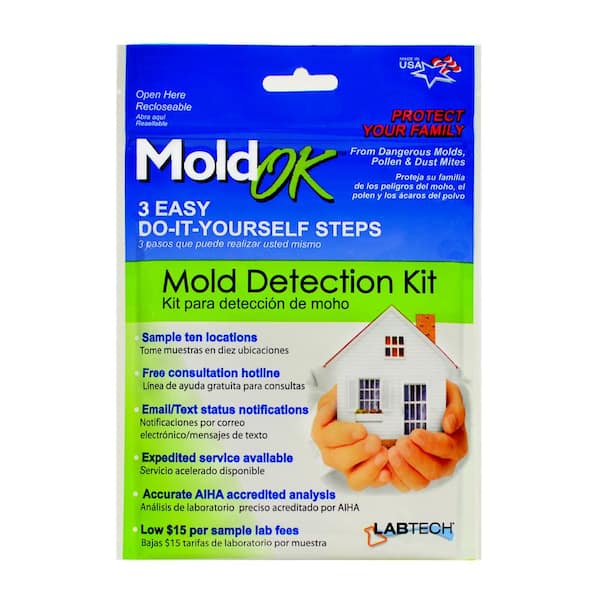Exactly How Mycotoxin Screening Aids Protect Against Contamination and Safeguard Food Supplies

Mycotoxin testing is an important practice in the food industry, acting as a frontline defense against contamination by unsafe contaminants generated by molds. Through the application of innovative strategies like High-Performance Liquid Chromatography (HPLC) and Liquid Chromatography-Mass Spectrometry (LC-MS), food manufacturers can precisely evaluate and find mycotoxin degrees in agricultural items. This aggressive technique not only makes sure conformity with stringent safety and security guidelines but also mitigates health threats to customers. In addition, routine testing fortifies brand name reputation and financial health by lowering contamination-related occurrences. How specifically do these screening protocols incorporate right into the broader food security approach?
Recognizing Mycotoxins
Comprehending mycotoxins starts with recognizing that they are hazardous second metabolites created by specific molds, which can pollute agricultural products. These metabolites are not essential for the growth or recreation of the fungis however can have serious ramifications for human and animal health. Mycotoxins are commonly located in staple plants such as corn, wheat, barley, and nuts, where they can proliferate under particular conditions of dampness and temperature level.
There are a number of kinds of mycotoxins, each generated by various fungal types. Fusarium species create trichothecenes and fumonisins, both of which are linked with different intense and chronic health problems.

Threats of Mycotoxin Contamination
The threats of mycotoxin contamination are complex, presenting considerable threats to both food security and public health. Mycotoxins, toxic substances produced by certain kinds of fungis, can pollute a broad array of farming products consisting of cereals, nuts, spices, dried out fruits, and coffee. Once these contaminants infiltrate the food supply, they can lead to significant health and wellness issues such as liver damages, kidney failure, and also cancer. At risk populations, consisting of kids, the senior, and immunocompromised individuals, are specifically in danger.
Financial impacts are one more significant issue. Infected crops can lead to significant monetary losses for farmers and food manufacturers because of lowered returns and the need for expensive purification measures. Worldwide profession can be significantly hindered as nations implement rigorous mycotoxin regulations to safeguard their populaces, leading to rejected deliveries and strained profession relationships.
Ecological elements such as environment adjustment exacerbate the danger of mycotoxin contamination. Variants in temperature and moisture can create positive conditions for fungal development, enhancing the likelihood of contamination events. Hence, understanding and reducing these threats are crucial for making certain the safety and security and honesty of international food supplies.
Techniques of Mycotoxin Examining
Properly recognizing mycotoxin contamination in agricultural products is essential for safeguarding public health and keeping food safety and security criteria. Different techniques are employed to spot and quantify mycotoxins, each offering details benefits and restrictions.
High-Performance Liquid Chromatography (HPLC) is a widely made use of technique due to its high level of sensitivity and accuracy. It includes separating mycotoxins from various other compounds in an example, enabling precise metrology. Fluid Chromatography-Mass Spectrometry (LC-MS) integrates liquid chromatography with mass spectrometry to give thorough molecular info, making it specifically useful for recognizing several mycotoxins all at once.

Gas Chromatography-Mass Spectrometry (GC-MS) and Thin-Layer Chromatography (TENDER LOVING CARE) are additionally utilized, each with special applications. GC-MS works for unstable mycotoxins, while TLC provides a simpler, cost-effective alternative for initial testing.
Benefits of Regular Testing
Normal screening for mycotoxins in agricultural products supplies countless advantages, substantially adding to public health and food safety. By recognizing try this site contamination early, routine testing aids stop the distribution of toxic foods, therefore lowering the danger of mycotoxin-related diseases amongst customers. This proactive strategy not only safeguards human health yet additionally improves the overall high quality of food supplies.
Regular testing additionally supports regulatory conformity. Different nations and regions have developed strict limits for mycotoxin levels in food and feed. Complying with these limitations through normal testing makes certain that providers and manufacturers satisfy lawful requirements, therefore preventing penalties and trade obstacles. Maintaining compliance cultivates consumer depend on and brand name track record, which are critical for market success.
Additionally, routine mycotoxin testing can cause substantial financial benefits. Early detection of contamination enables timely treatment, lowering possible losses from widespread contamination. Executing routine testing procedures can additionally decrease recall prices and relevant responsibilities, which can be financially devastating.
Additionally, regular testing offers important information that can educate far better farming methods and storage conditions. By recognizing patterns of contamination, manufacturers can embrace safety nets, consequently contributing and decreasing future risks to the sustainability of the food supply chain.
Implementing Examining Procedures
Carrying out efficient mycotoxin testing procedures is crucial for making certain the safety and top quality of agricultural items. Developing a robust screening framework entails several key actions, beginning with the recognition of prospective contamination factors within the production and supply chain. This consists of pre-harvest, post-harvest, storage space, and distribution phases. Each phase should be scrutinized to identify where mycotoxin contamination is more than likely to occur.
When critical control factors hop over to these guys are identified, picking appropriate screening techniques is crucial. Common techniques include enzyme-linked immunosorbent assay (ELISA), high-performance fluid chromatography (HPLC), and mass spectrometry (MS) Each method has its weaknesses and toughness; hence, choosing the correct one depends on the details mycotoxin being evaluated, the needed sensitivity, and available sources.

Lastly, incorporating the screening methods into a detailed food safety monitoring system is a good idea. This boosts traceability and enables speedy corrective activities when contamination is discovered, thereby guarding the stability of the food supply chain.
Final Thought
Mycotoxin testing is important in avoiding contamination and guarding food materials by allowing early discovery of harmful toxins created by molds in farming products. Regular screening boosts brand reputation, economic security, and count on in food safety and security by lessening contamination-related losses and maintaining high requirements in food manufacturing.
Mycotoxin screening is a vital technique in the food industry, offering as a frontline protection versus contamination by dangerous contaminants produced by mold and mildews. An incorporated method entailing agricultural practices, storage space administration, and routine screening can alleviate the dangers connected with mycotoxin Full Report contamination, making certain food safety and security and public wellness.
The risks of mycotoxin contamination are multifaceted, posing substantial dangers to both food safety and security and public wellness.Routine testing for mycotoxins in agricultural items offers countless advantages, substantially adding to public health and food safety and security.Mycotoxin testing is necessary in protecting against contamination and protecting food materials by enabling very early discovery of dangerous toxic substances created by molds in farming products.